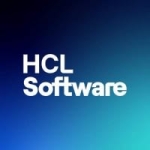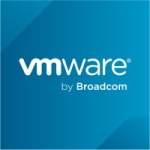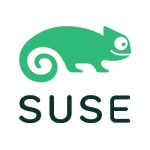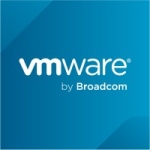HashiCorp Terraform is a system solution that allows for infrastructure to be managed as code. allows for the efficient creation and management of infrastructure by packaging everything together in one package. This includes the networking, security, and encryption for Google Kubernetes Engine (GKE) deployment.
By using HashiCorp Terraform, the infrastructure is all in one place and can be easily tested and checked for security vulnerabilities before deployment.
The valuable features of HashiCorp Terraform are the infrastructure can be written, shared, and collaborated on using code, which speeds up deployment. Additionally, bugs and issues can be fixed in the code and redeployed, making it less risky. It is a more efficient method compared to the traditional approach of writing scripts to set up infrastructure.
The infrastructure is transparent, as it is stored in a source control system, such as Bitbucket, making it easy for all team members to access and review. Furthermore, Terraform enables the creation of a deployment pipeline using tools, such as Atlantis, which automates the process of scanning and deploying the code. This streamlines the deployment process and adds features, such as auditing, risk management, and security scanning to the deployment process. Terraform provides a more organized and secure way of managing infrastructure, compared to the traditional ad-hoc method.
HashiCorp Terraform is an open-source tool that relies on external developers to create plugins to expand its capabilities. However, this approach can be problematic as not all plugins are created by professionals and some may have security vulnerabilities. In the case of GKE, Google has created a solid plugin, but for other services, one must search for plugins on the HashiCorp Terraform registry, which can be hit or miss, as many plugins are created by students or hobbyists, who may not continue to maintain or update them. This model of open-sourced plugins may not be the most reliable or secure way of expanding the tool's capabilities.
It is possible that when using a plugin with HashiCorp Terraform, there may be security issues or the plugin may become outdated in the future. HashiCorp Terraform only takes responsibility for the infrastructure and code of the program itself, not the plugin. This is a point of concern as it is the responsibility of the user to police and manage the plugins, which can be a significant overhead. Additionally, the solution requires plugins for modules, so without them, Terraform cannot communicate with certain resources.
To improve this, it would be beneficial if HashiCorp Terraform had a system in place where they certify and test the plugins. This would take the burden off of users and reduce the cost of using the solution. The current system relies heavily on open-source plugins which may not be fully developed, lack features, or may not be secure. It is not uncommon for users to have to fork or manage these plugins themselves, which can be a significant undertaking.
The module system in the solution is not the best, as it forces users to rely on third-party developers who may not be qualified from a security or engineering standpoint. This can create a problem for users as they may not have access to all the features they need, and may have to fork or manage the plugins themselves. HashiCorp Terraform, as the creators of this system, should take more responsibility for the management and security of these third-party plugins.
The use of open-source code, such as that used in this solution, can present issues as it may not always be fully supported or maintained by its creators. This publicly traded, multi-billion dollar company, may not want to take full responsibility for the plugins and modules that are created by third parties. This can be problematic for users, as they may have to police the plugins themselves to ensure they are secure and functional. Furthermore, while some companies such as Google may have the resources to create their own Terraform plugin and take responsibility for it, many other companies and developers do not have the same resources and may not take responsibility for maintaining their own plugins. This can lead to a broken system where users may have to pay extra to have broken plugins fixed. Overall, this highlights the need for a better system of support and maintenance for open-source code and plugins.
I have been using HashiCorp Terraform for approximately four years.
The solution is scalable. It is well suited to managing complex cloud environments, such as Google Kubernetes Engine, that require various services and configurations.
HashiCorp Terraform is a cost-effective solution.
HashiCorp Terraform has issues with testing and the modules. Overall, the concept is great. What they did works well. However, the extension to it is not the greatest.
I rate HashiCorp Terraform a seven out of ten.



















